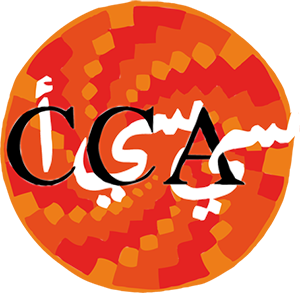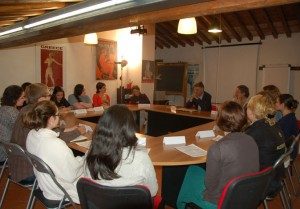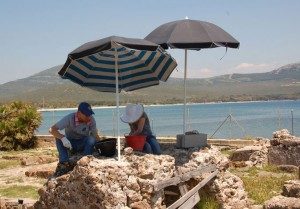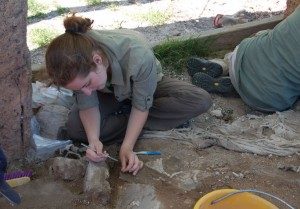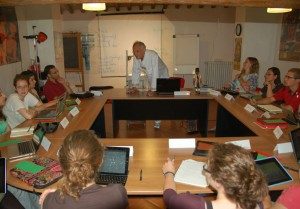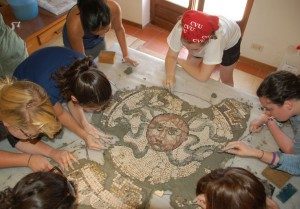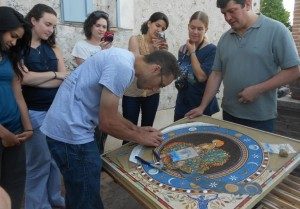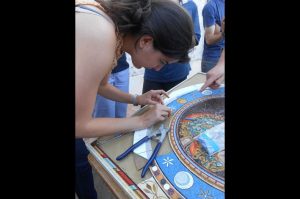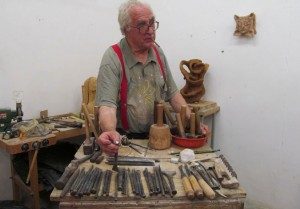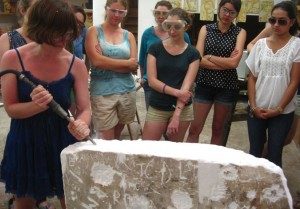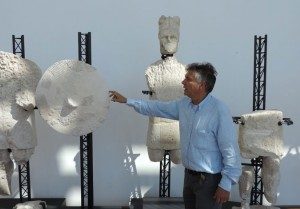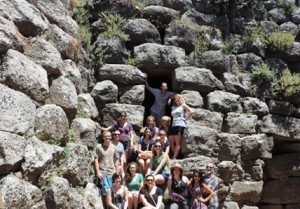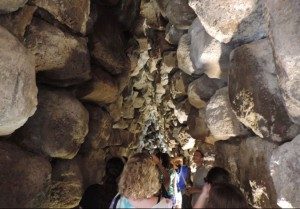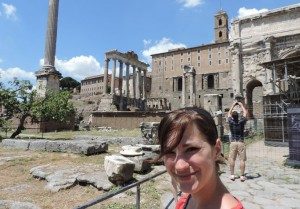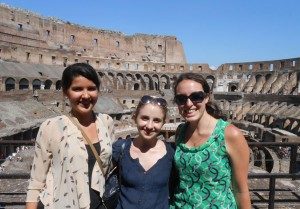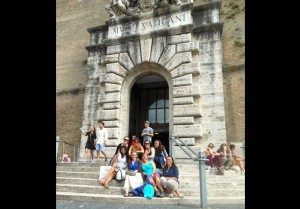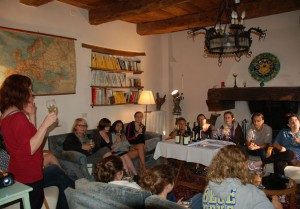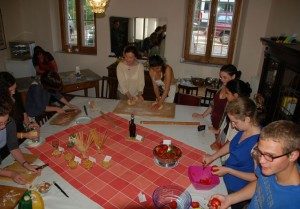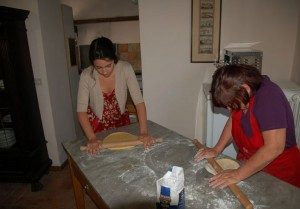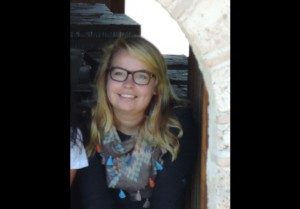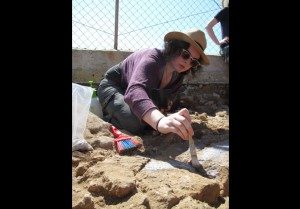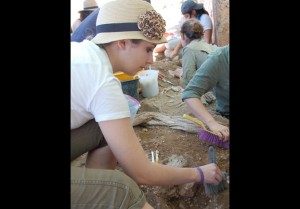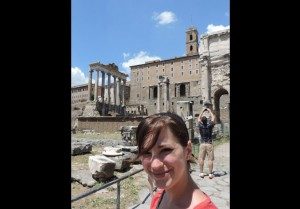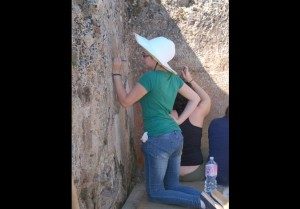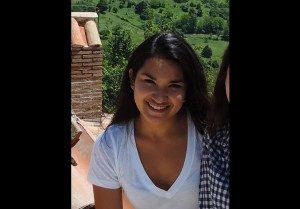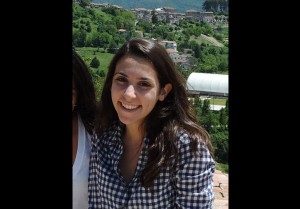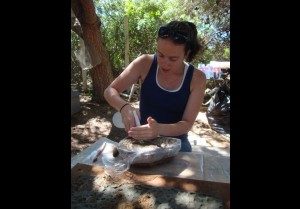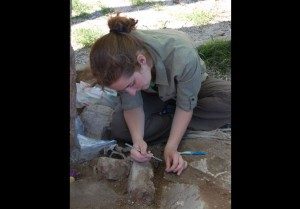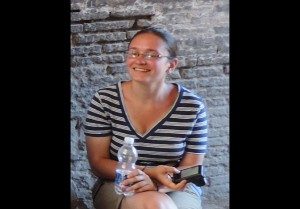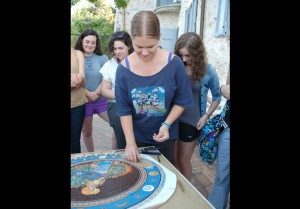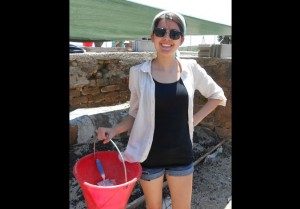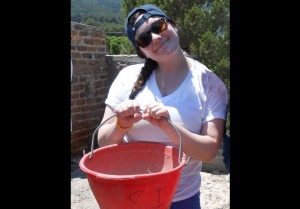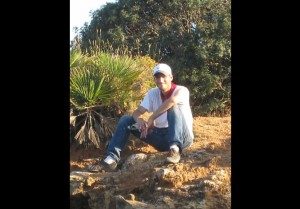Curriculum
The course combined theoretical lectures with intensive laboratory practice, presentation and discussion of case studies and study trips to cultural destinations in Italy.
A week of the course was devoted to fieldwork in the Roman site of Sant’Imbenia Villa (SS), in Sardinia. Other cultural activities enabled the students to experience the rich gastronomic tradition of central Italy. Theoretical lectures covered a wide range of topics related to conservation of archaeological materials.
Roberto Nardi gave an introduction to the general conservation principles, to preventive conservation and their application on the archeological excavation. He also stressed the role of conservation documentation and communication in contemporary conservation.
Gaël de Guichen, international expert and former member of ICCROM, lectured the students about the concept of significance in cultural heritage, as defined by international charters and recognized by UNESCO. He also discussed the deterioration processes of porous materials and the decay agents affecting them.
Practical seminars on traditional techniques where held by experienced professionals. Peter Rockwell, internationally known stone carver and former teacher at Istituto Centrale per la Conservazione ed il Restauro (ISCR) in Rome, introduced the students to the techniques and tools of stone carving. Roberto Cassio, responsible of the mosaic conservation laboratory in the Vatican Museums, gave a class on the techniques to produce micro-mosaic, a specific type of mosaic realized with tesserae of few millimeters.
The students spent a week in Sardinia, doing fieldwork on the archaeological site of Sant’Imbenia under the supervision of CCA staff and archaeologists from the University of Sassari. The villa is dated to the 1st-3rd century AD and it is located close to the town of Alghero, in the province of Sassari, Sardinia. The archaeological complex extends over a large area, not yet excavated in its entirety. In 1994-2005, the archaeologists unearthed important finds relating to wall and floor decorations of two rooms of the villa. They include stucco figures, mural paintings in fresco technique, fragments of polychrome marble slabs, opus sectile and an outstanding floor mosaic with a Medusa head as a centerpiece.
The students were actively involved in the excavation and in implementing first aid conservation measures on the site. In particular, they carefully excavated the Medusa mosaic and prepared it for travelling to the conservation lab, back in Belmonte. They also consolidated an arch structure and cleaned Roman frescoes from microbiological infestation.
Once back in Belmonte the students carried out the conservation of the Medusa mosaic excavated in Alghero. Under the supervision of CCA’s staff the students undertook a range of conservation interventions on the original Roman materials from the villa: cleaning, consolidation, and reassembling, as well as study and documentation of the materials.
This gave them the opportunity to put in practice the principles of conservation learnt in the classroom, since laboratory time plays an important role in the course schedule.
The Sant’Imbenia Conservation project, that involved also the work carried out by the CCA 2013 UD students, concluded in 2014 and the Medusa mosaic is now on display in the Museum of Alghero.
